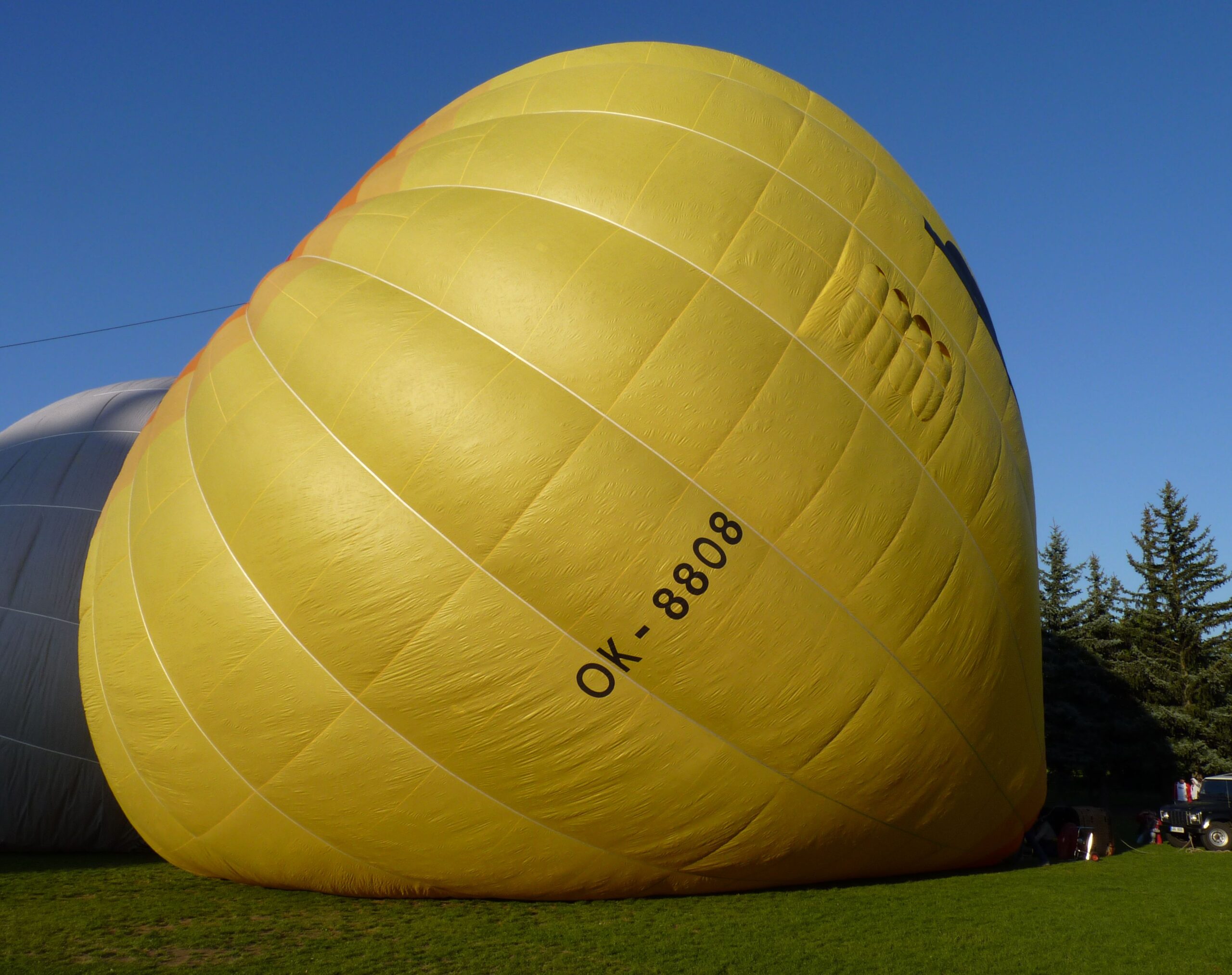Key to Post-Stroke Recovery
If you think strokes only happen to elderly people, think again. Strokes can hit anyone at any age, but the older one gets, the more susceptible one becomes for having a stroke.
About 15-years ago, my daughter worked as a certified-nursing-assistant at a senior daycare center. Although most of the patients or clients were elderly, 60 and over, she also had several that were younger. She had one male patient who had a debilitating stroke around the age of 30. When I was in college, I worked as a night orderly in a nursing home and we had several patients, mostly female who were between 40 and 50 years of age.
Not the long ago on our local news, they featured a woman who, at the age of about 40, was recovering from a stroke. She was married and had a handful of kids. I remember thinking how tragic at this stage of her and her family’s life.
According to Stroke.org:
- Each year nearly 800,000 people experience a new or recurrent stroke.
- A stroke happens every 40 seconds.
- Stroke is the fifth leading cause of death in the U.S.
- Every 4 minutes someone dies from stroke.
- Up to 80 percent of strokes can be prevented.
- Stroke is the leading cause of adult disability in the U.S.
First of all, what is a stroke?
A heart attack is generally caused by the blockage of blood flow to an area of the heart, resulting in the heart muscle tissue dying for lack of oxygen. Likewise, a stroke is a ‘brain attack’ caused when the blood supply to an area of the brain is blocked and brain cells begin to die.
There are two main types of stroke – hemorrhagic and ischemic.
A hemorrhagic stroke is caused by the hemorrhaging of blood vessels in the brain. In most cases, it’s associated with a ruptured aneurysm – a swelling of a blood vessel that weakens the vessel wall and then bursts open.
An ischemic stroke is caused by a blood clot the cuts off the blood flow to part of the brain.
There is a third, generally less severe form of stroke known as a TIA or transient ischemic attack. They are defined as a temporary, generally less than 24 hours, where there is a blockage of blood flow due to a clot that in a short time releases and allows blood flow to resume.
The severity of a stroke depends a lot on the location and how soon treatment can be started. Knowing how to recognize a stroke is important for you and your family or those around you. Here are ten general symptoms of a stroke:
- Trouble seeing – sudden blurred or dimming vision.
- Loss of balance – having trouble walking or sitting without falling. Generally caused by one side of the body being affected by the stroke.
- Difficulty speaking – speech becomes slurred, words hard to recall.
- Weakness – A very common symptom when the arm and/or leg on one side of the body become weak and possible unable to move.
- Facial paralysis – not always, but one side of the face can become paralyzed, often accompanied by slight pain in the face, dizziness, difficulty speaking, drooling out of one side of the mouth, tearing of eye and inability to smile or frown.
- Pain – while most people don’t associate pain with a stroke, it can range from a dull ache to a constant or sudden sharp pain.
- Loss of understanding – a stroke victim sometimes is mentally confused and bewildered, unable to put a thought together.
- Severe headache – many illnesses can be accompanied by severe headaches, but coupled with many of the other symptoms, a severe headache can be a sign of a stroke.
- Loss of senses – could include vision, smell, hearing, tough and taste.
- Fatigue – by itself, fatigue may be a sign of many other things, including fevers or just staying up too late the night before. However, when fatigue is accompanied with many of the other symptoms, it’s nothing to just sleep on.
We hear all the time that high blood pressure and stress are some of the leading causes of strokes. That’s why so many doctors are concerned about their patients’ health as they want to take measures to help reduce the possibility of having a stroke.
Another key to reducing the risk of having a stroke or increasing the chance or recovery is you have a stroke, is watching your weight and regular exercise. Pamela Rist, of Harvard University just authored a study and reported:
“The new study involved more than 18,000 people with no history of stroke who were followed for an average of 12 years. During that time, nearly 1,400 of the participants suffered a stroke but survived.”
‘Three years after their stroke, those who had exercised regularly before their stroke were 18 percent more likely to be able to perform basic tasks — such as bathing on their own, the researchers found.”
“The fitter individuals were also 16 percent more likely to be able to perform more complex tasks, such as managing money on their own, compared to those who did not exercise before their stroke, the findings showed.”
“‘We also found that a person’s body mass index was not a factor in predicting their level of disability after stroke,’ Rist said in a journal news release. Body mass index is an estimate of body fat based on weight and height.”
“Two experts in stroke care who reviewed the findings said the study highlights the importance of exercise.”
That’s one of the reasons my wife and I are buying a treadmill. We have found that our life has become more sedentary than it used to be. With the crazy weather where we live, it’s not always possible to get out and walk or jog, so we decided to invest in a good quality treadmill that has adjustable speed, incline and a shock absorbing system to take some of the impact off of our knees.
With the treadmill, we can take turns getting our cardio exercise while watching some of our favorite television programs – sewing and quilting for her, sports for me and many shows we both like. We have also invested in some exercise strength bands and inexpensive equipment that will help make it easier for us to do strength building exercises which is vital for bones and the prevention of osteoporosis.
It’s important to do something to reduce the weight and fat and get some exercise, depending on your abilities or limitations.








Recent Comments